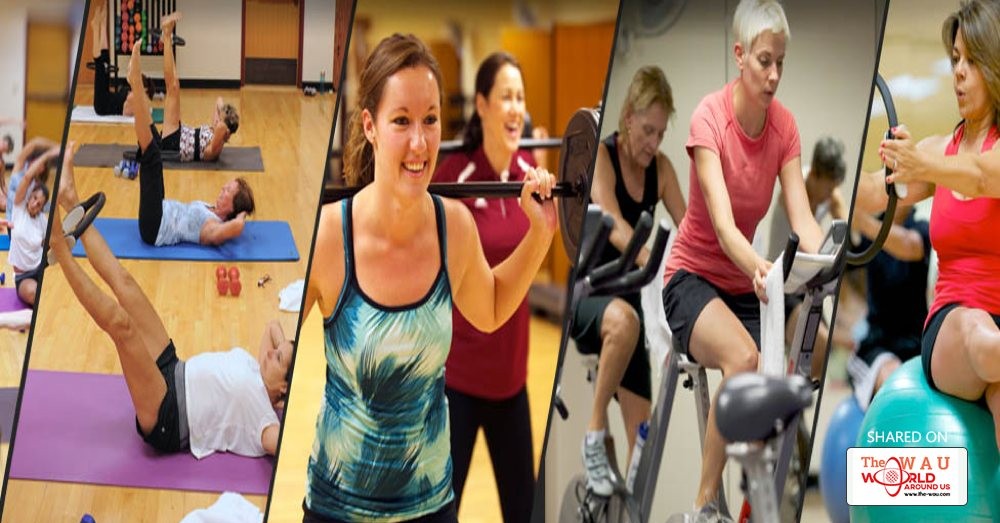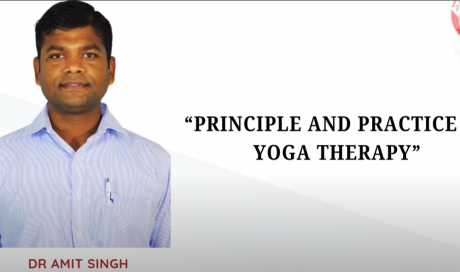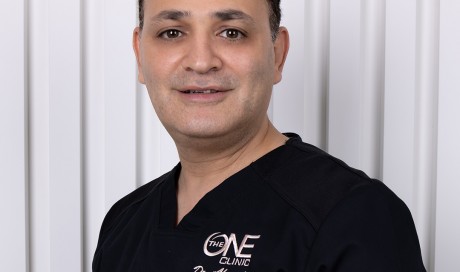It’s a new year, which means many of you are probably setting new fitness goals.
For a lot of guys, their goal is pretty vague — “get in shape” or “start running” or “get stronger” — and they’re not entirely sure how they’re going to get there beyond joining a gym.
This is a mistake.
Without a concrete plan, you just end up in the gym randomly stopping at machines to do a few reps before heading to the sauna.
Any exercise is better than no exercise, but it’s even better to work out in a way that gives you real results. When you observe that you’re getting bigger/faster/stronger, it feels dang good and serves as prime motivation to keep at it.
Deciding on which fitness program to follow comes with its own issues though. There are a lot of options out there, and they seem to increase at an exponential rate. Choosing one can be a confusing and overwhelming endeavor.
To help you decide on a plan to follow this year, below you’ll find descriptions of ten different programs I recommend. I’ve personally tried all but two of them, and I highlight the pros and cons of each to help you make a better decision.
The plan you ultimately choose will have to do with what your fitness goals are and what kind of exercise you enjoy the most. If you like to run, do a program that involves lots of running. If you like to lift weights, do a program that puts an emphasis on barbell training. If you like variety, do a program that regularly mixes it up. If you’re not yet entirely sure what forms of exercise you like best, I suggest experimenting with different programs (giving each at least three months) until you discover where your interests lie. That’s what I did in trying out all these different programs, until I finally found the fitness discipline that I truly love (Starting Strength-style barbell training). One thing that I’ve learned over the years is that when it comes to exercise, finding something that you actually enjoy doing goes a long way in ensuring that you’ll stick with a program.
And no matter which path you take, understand results only come with consistency. Show up to the gym each day and do the work. Regardless of whether or not you’re “in the mood.”
Here’s to a stronger and fitter year!
If you want to get stronger….
Starting Strength

If your goal is to get stronger in 2017, you can’t go wrong with Starting Strength. It’s a barbell-based strength program for novice lifters created by the incomparable Mark Rippetoe.
You do five barbell lifts: squat, deadlift, shoulder press, bench press, and power clean. With all the lifts (except for deadlift and power clean) you’ll be doing three sets of five. Each workout, you’ll be adding five or ten pounds to the barbell. You’ll work out three times a week.
Don’t let the word “novice” lead you to think that Starting Strength isn’t for you because you’ve been lifting for years. “Novice” refers to how long it takes for you to fully recover and adapt from workout to workout. A novice lifter is a lifter who can fully recover and adapt from a workout within 24-72 hours. What does it mean to fully recover and adapt? It means you can add more weight to your next workout without missing the number of prescribed reps. Basically, every workout is a PR day if you’re a novice lifter.
It takes about six to nine months of consistent training following Starting Strength before a novice lifter stops seeing gains at each workout. Once you’ve plateaued following Starting Strength’s novice, linear progression program, you’ll need to move to an intermediate program.
I started Starting Strength at the end of 2014 after doing weightlifting workouts as part of many of the other programs listed here, but being unhappy with the lack of strength progression I’d made with them. After starting SS, my gains have grown at a steady clip. I’ve since moved on from the novice programming, but I continue to work with Starting Strength Coach Matt Reynolds (check out my podcast with Matt) doing the same basic SS barbell lifts, just on an intermediate program.
Thanks to Starting Strength, I’m now squatting 420 pounds, shoulder pressing 200 pounds, and deadlifting 500 pounds. I should be hitting a new bench press PR of 300 pounds in the next two weeks (bench has always been my weakest lift). I’ve also discovered a passion for barbell training thanks to Starting Strength and I have plans to enter my first powerlifting competition this year.
You can follow Starting Strength on your own by buying the book and downloading their app.
However, I highly recommend signing up for Starting Strength Online Coaching. Your online coach will keep you accountable to following the program and critique your form on your lifts from every workout with a video you submit to them online. This form critique is key. If you’re not doing the lifts correctly, you’re more likely to injure yourself and your progress will stall. What’s more, they’ll be able to adjust your programming as you advance from a novice lifter to intermediate, and intermediate to advanced. I’ve been doing Starting Strength Online Coaching for over a year now and have been pleased as punch with the results. The service is top notch.
The downside of Starting Strength is that my aerobic conditioning has suffered. While you can incorporate things like prowler work and tire flips, aerobic conditioning isn’t a priority with the program. Starting Strength’s argument is that people should focus on getting strong first before focusing on aerobic conditioning, because aerobic conditioning is much easier to gain than strength. I’ll admit that I’ve skimped on the conditioning this past year and have suffered for it. When I participated in the Conquer the Gauntlet obstacle course race this past summer, I had to do a lot of walking because I was so gassed. This year, however, I’ll be working with Matt to add more aerobic conditioning into my programming. Goal is to run an OCR without stopping for a breath like I had to last year.
...[ Continue to next page ]
Share This Post















